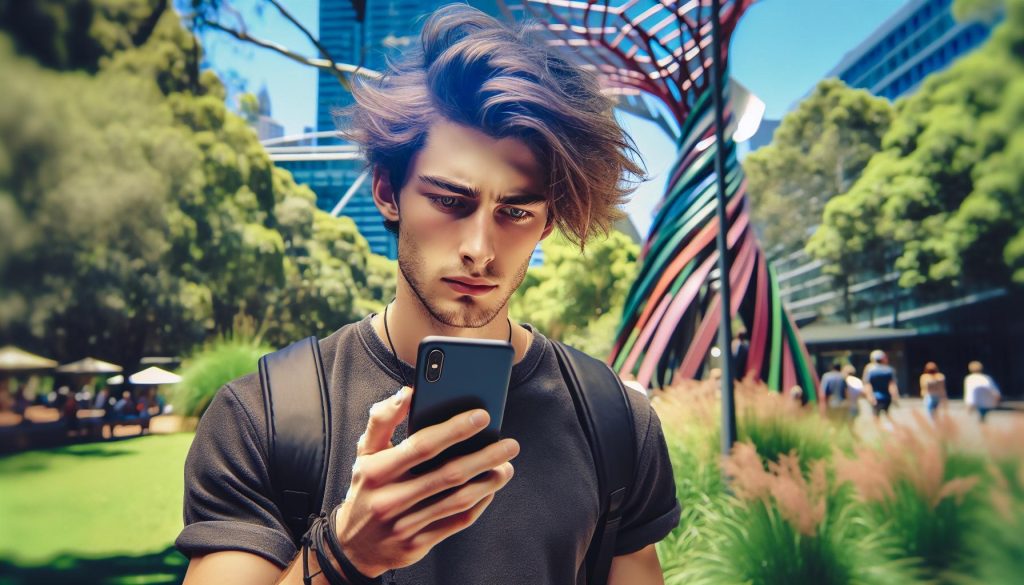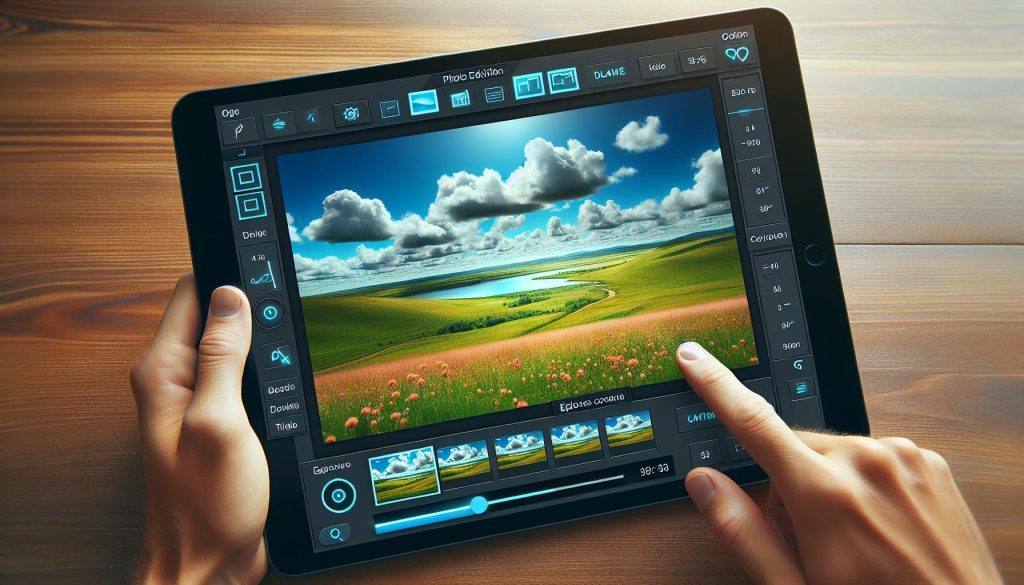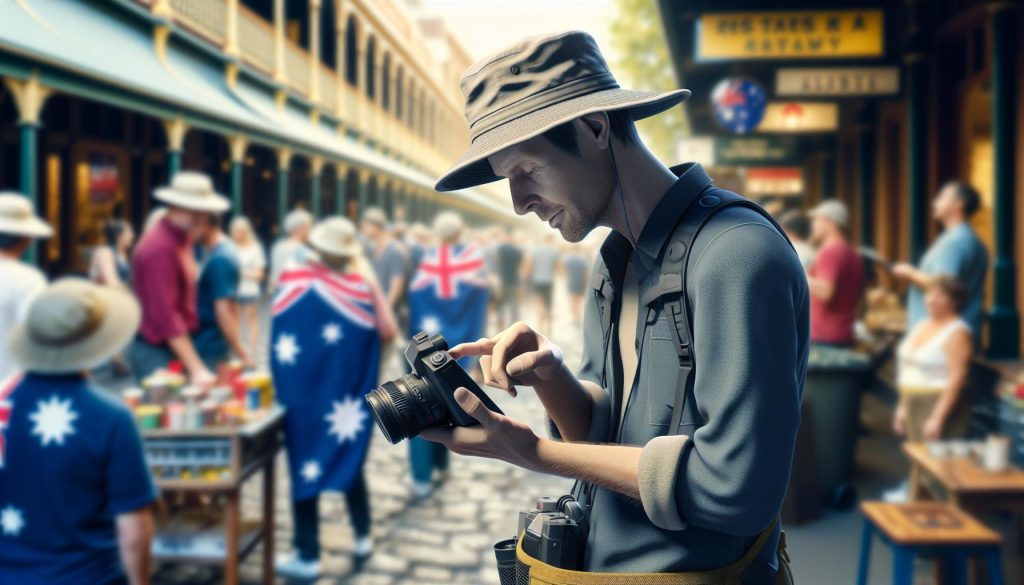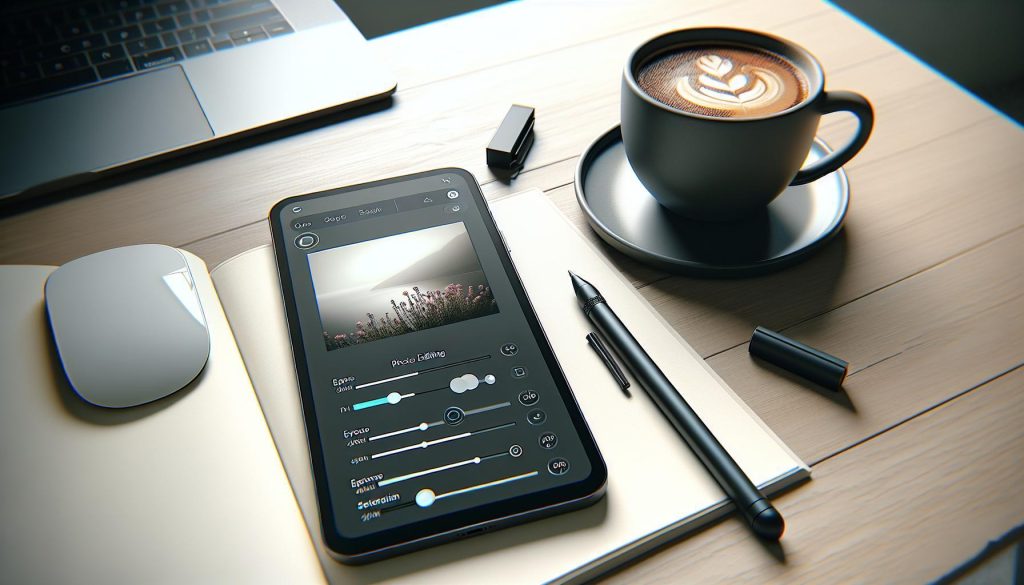From Amateur to Artist: How Photo Apps Are Redefining Artistry

Evolution of Mobile Photo Editing Apps
From Basic Filters to Advanced Tools
In the early days of mobile photo editing, apps typically offered basic filters that might enhance colors or apply simple effects such as sepia or grayscale.
Users could adjust the brightness, contrast, and crop their images, but the functionality continued further.
Fast forward to today, and the landscape of mobile photo editing has transformed dramatically.
Current apps incorporate sophisticated technologies like artificial intelligence (AI) and machine learning (ML) to provide capabilities once limited to high-end software on desktop computers.
The Shift from Amateur Tools to Professional Quality
The shift from amateur to professional-quality tools in mobile apps has significantly altered how users approach photo editing.
However, as mobile apps evolved, they began to include features that rival those found in professional editing software, such as Adobe Photoshop and Lightroom.
With features like RAW image processing, advanced color grading, and detailed histogram adjustments, these tools allow users to perform meticulous edits.
The gap between amateur and professional tools has blurred, elevating the art of mobile photo editing to unprecedented levels.
Key Features That Enable Artistic Growth

AI-Powered Editing and Automation
AI-powered editing is a pivotal feature in transforming amateurs into artists, making sophisticated editing techniques accessible to all.
These tools use algorithms to analyze images and make intelligent adjustments. You can try this free AI image upscaler and learn how to instantly enhance the resolution of your photos, bringing out details and clarity that were previously hidden. Additionally, AI-driven features like content-aware fills and automated background removal simplify complex edits, empowering users to focus more on their creative vision.
Furthermore, by automating these complex processes, the apps enable users to focus more on the creative aspects of photo editing.
Personalization and Advanced Customization
Personalization features in photo editing apps significantly contribute to artistic growth by allowing users to tailor their tools and interfaces according to their unique styles and preferences.
Custom preset filters, adjustable toolsets, and interface configurations ensure the editing process is as intuitive and efficient as possible.
Advanced customization extends into detailed control over photo adjustments, including but not limited to exposure, saturation, contrast, and sharpness.
These controls are implemented with sliders that offer minute adjustments.
Impact on the World of Photography

Democratization of Professional Photography
Mobile photo editing apps have dramatically reshaped the photography landscape, making professional tools accessible to amateurs.
However, apps like the Photoleap app equip even novices with capabilities once reserved for professionals. These tools include RAW image processing, precise color grading, and advanced lighting adjustments.
As a result, a larger group of enthusiasts can now produce work that stands shoulder-to-shoulder with seasoned professionals.
New Opportunities for Visual Storytelling
The evolution of photo editing apps has also transformed visual storytelling, offering users innovative ways to convey narratives through images. With features like dynamic filters and effects, users can manipulate mood and tone to reflect better the story.
Moreover, apps now offer features like collage makers and animation tools, which allow for more complex visual narratives.
As a result, these mobile tools democratize not just photography but also storytelling.
Common Challenges and Solutions

Addressing Mobile Editing Constraints
Mobile photo editing apps face certain constraints that can hinder the seamless transformation from amateur to artist.
However, advancements in technology have led to several viable solutions.
Additionally, most leading photo apps now incorporate smart compression algorithms that maintain the quality of images even after they are edited and saved multiple times.
Balancing Automation with Artistic Control
While automation in photo-editing apps offers convenience and accessibility, it often raises concerns about the loss of personal artistic control.
To address this, developers integrate features that allow automated enhancements and customizable options.
These apps offer sliders for manual adjustments of settings such as exposure, contrast, and saturation, empowering users to fine-tune the automated results according to their unique artistic vision.
Case Studies of Transformation

Users’ Journeys from Novices to Published Artists
Here, I delve into inspiring cases where users have transitioned from novices to published photographers and artists, showcasing their transformative experiences with photo apps.
- Ella’s Ascension through AI Integration: Initially an amateur with a keen interest in nature photography, Ella leveraged the AI capabilities of a popular photo app to refine her shots. Within a year, her uniquely styled landscapes were featured in a major online photography magazine.
- Max’s Creative Breakthrough with Dynamic Filters: Max, a graphic designer who dabbled in photography, discovered his love for exaggerated colors and intricate textures through mobile photo editing tools.
- Sophia’s Venture into Visual Storytelling: Sophia used collage and animation tools within a photo app to tell compelling stories through her images. Her experimental approach to merging photos with short animations brought her work to life, eventually garnering the attention of a well-known digital art journal.
Conclusion
The transformative power of mobile photo editing apps is undeniable. They’ve reshaped the landscape of photography, turning everyday enthusiasts into skilled creators. I’ve seen firsthand how these tools empower individuals to enhance their creative expression and open up new visual storytelling possibilities. Embrace the journey from amateur to artist and explore how these applications can help unlock your potential.
FAQ
What are mobile photo editing apps?
Mobile photo editing apps are software applications designed for smartphones and tablets that allow users to enhance and alter digital photos. These apps range from simple tools with basic filters to advanced platforms utilizing AI and machine learning to provide professional-level editing features.
What are common challenges in mobile photo editing?
Common challenges include high data consumption and limited processing power of mobile devices. These issues are addressed by innovations such as cloud-based editing and smart compression algorithms that reduce file sizes while maintaining image quality.
Can mobile photo editing apps turn a novice into a professional?
Many users have transitioned from novices to recognized professionals using mobile editing apps. These platforms offer extensive training materials, tutorials, and community support, which help users learn and improve their skills, often leading to transformative creative breakthroughs.
